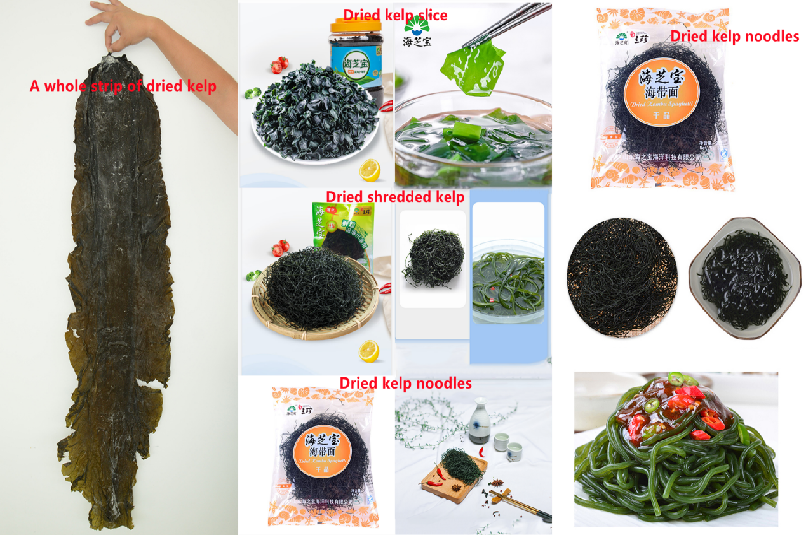How to choose the right type of secondary antibody molecule?
| How to choose the right type of secondary antibody molecule? |
The secondary antibody is an antibody produced in another host that binds to the primary antibody or the primary antibody fragment, and is usually linked with an enzyme, fluorescein or biotin coupling label. The secondary antibody is reactive against all antibodies (such as IgG , IgM, or IgA, etc.) in a particular species (such as mice) , so the use of labeled secondary antibodies eliminates the need to label each primary antibody, saving significant time In addition, a primary antibody molecule can simultaneously bind several secondary antibody molecules, thereby greatly enhancing the signal and improving the sensitivity of the experiment. Usually, there may be several secondary antibodies to choose from in a particular experiment. How to choose the secondary antibody that is most suitable for the experiment needs to be considered in the following aspects: 1. Choose the full IgG form or the F( ab ')2 fragment, or the Fab fragment secondary antibody The secondary antibody in full IgG form is an intact molecule isolated from antisera; these antibodies have an Fc portion and two Fab portions that bind to the antigen and are therefore bivalent and cost effective. F (ab ') 2 fragment in the form of IgG secondary antibody was digested with pepsin to remove the Fc part, by the remaining two antigen-binding Fab portion of disulfide linked, divalent still; the antibody Protein A can be avoided /G or binding to the Fc receptor is also more sensitive because it is better in itself and more easily penetrates into the cellular tissue structure. The secondary antibody in the form of a Fab fragment is obtained by digesting IgG with papain ; the Fab fragment antibody can be used to block endogenous immunoglobulin since it contains only one binding site. 2. Select secondary antibody according to the species and type of primary antibody The secondary antibody should be of the same species as the primary antibody used, for example, if the primary antibody is a mouse-derived antibody, and the secondary antibody is selected as a secondary antibody against the mouse; if the primary antibody is a rabbit-derived antibody prepared from rabbit serum , the corresponding secondary antibody needs to choose the secondary antibody against rabbit. In addition, the secondary antibody needs to match the class or subclass of the primary antibody. This is usually for monoclonal antibodies. The categories and subclasses of monoclonal antibodies are usually described in the product specification. If the primary antibody is mouse IgM , the corresponding secondary antibody should be anti-mouse IgM . If the primary antibody is a subclass of mouse IgG ( IgG1 , IgG2a , IgG2b , IgG3 ), then almost all anti-mouse IgG can be combined with it, or you can choose a secondary antibody specifically for this subclass. For example, if your primary antibody is mouse IgG1 , then you can choose a secondary antibody that is resistant to IgG1 . As for the quality of the secondary antibody produced by the secondary antibody itself in any animal, there is no significant effect. 3. Further screening secondary antibodies according to the specificity required by the experiment Anti- IgG (H+L) is the most commonly used and most cost-effective secondary antibody. Both antibodies and IgG molecules can react with both heavy and light chains, as well as other immunoglobulin families ( IgM , IgA , IgD). , IgE ) reacts with the subfamily because all immunoglobulins have the same light chain. Anti- IgG , Fc fragment specific antibodies react with the Fc portion of the IgG heavy chain, do not cross-react with F( ab ')2 or Fab , but may cross-react with IgM or IgA ; and anti- IgG , Fc γ fragment specific It then reacts only with the IgG heavy chain and usually does not react with any epitope of IgA or IgM . Anti- IgG, F (ab ') 2 fragment specific to the Anti- IgG, Fc fragment specific is just the opposite.
In addition, secondary antibodies that react with one species may cross-react with other species unless such antibodies pass serum protein adsorption experiments in other species. As Jackson's Horseradish Peroxidase -conjugated AffiniPure Mouse Anti-Goat IgG (H + L) (min X Ms, Hu, Rb Sr Prot) mouse anti-goat secondary antibody is adsorbed by mouse, human and rabbit serum, and its cross-reaction with mouse, human and rabbit serum proteins (including immunoglobulin) is minimized. Such antibodies are recommended when the presence of immunoglobulins from other species may lead to cross-reactivity. |
Dried Kelp Slice
Dried Kelp Series is made of Haizhibao deep sea young kelp by drying directly without any addition,so that it can maxmium retains the 23 kinds of nutritions .It turns green when match the water at once with high swelling and especially suitable for making soup.salad or used as fillings,Due to the convenience and easy-storag,it`s a new choice to live healthy and nutritions.
How to eat
- Take out the kelp
- Soak until swelling compelety
- Cook,make soup.salad and other dishes

The difference between deep sea kelp and traditional ordinary kelp

Dried Kelp Slice,Dried Nori Seaweed,Dried Kelp Flakes,Dried Seaweed Flakes
Shandong Haizhibao Ocean Science and Technology Co.,Ltd. , https://www.haizhibaoseafood.com